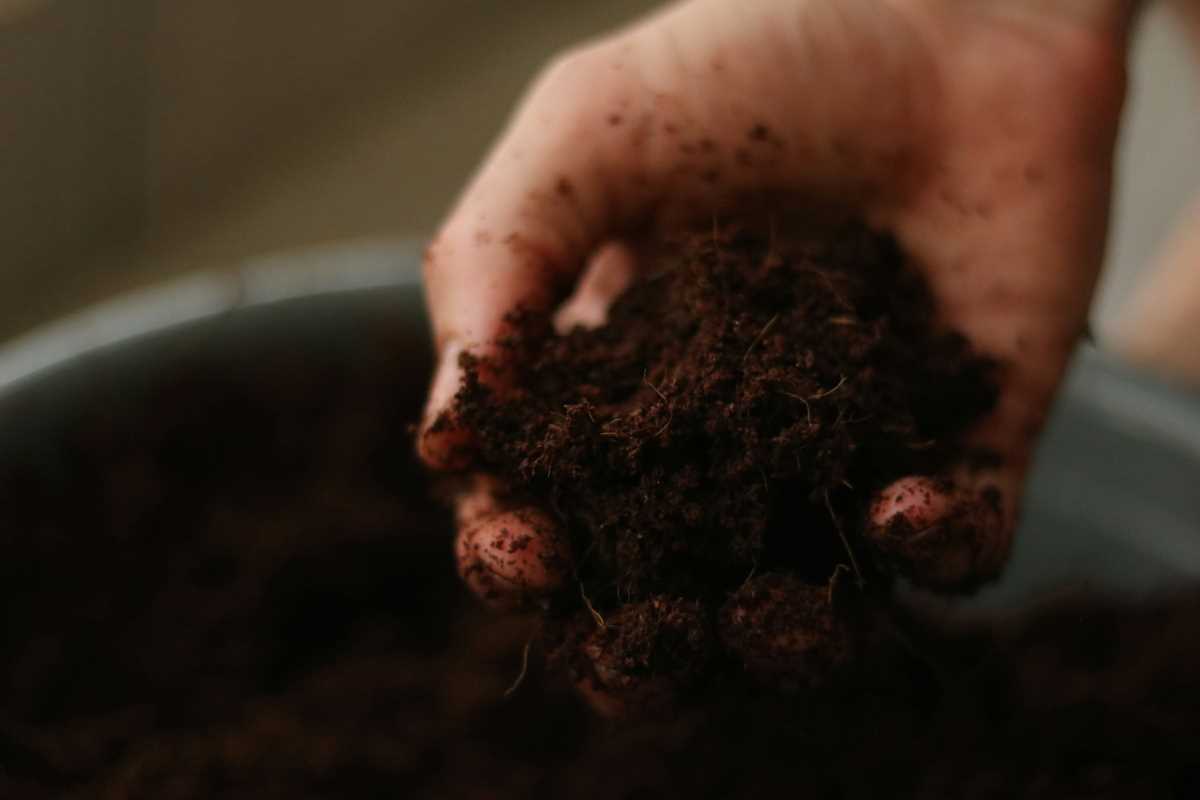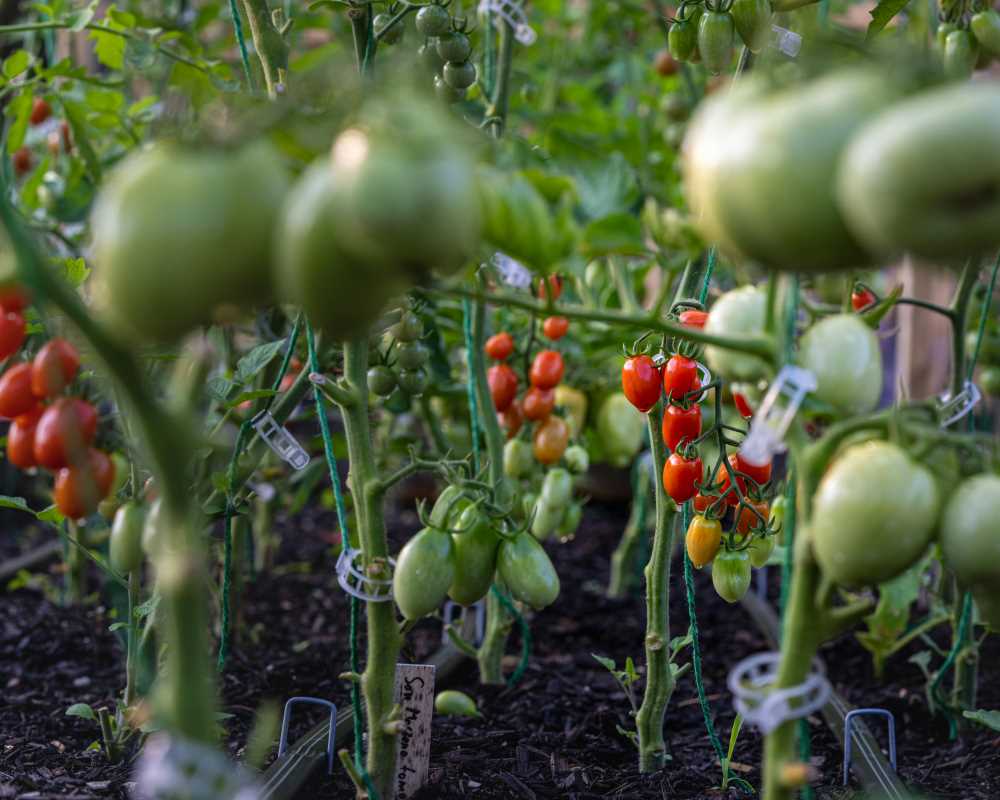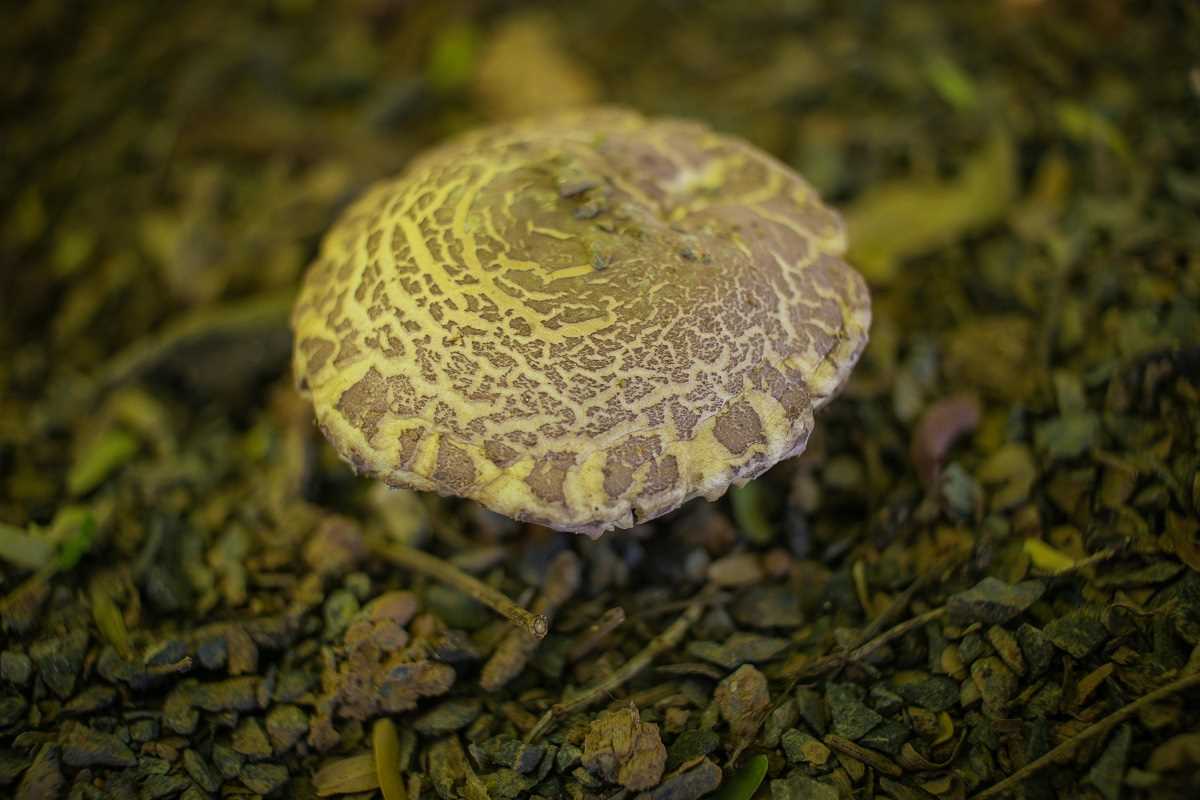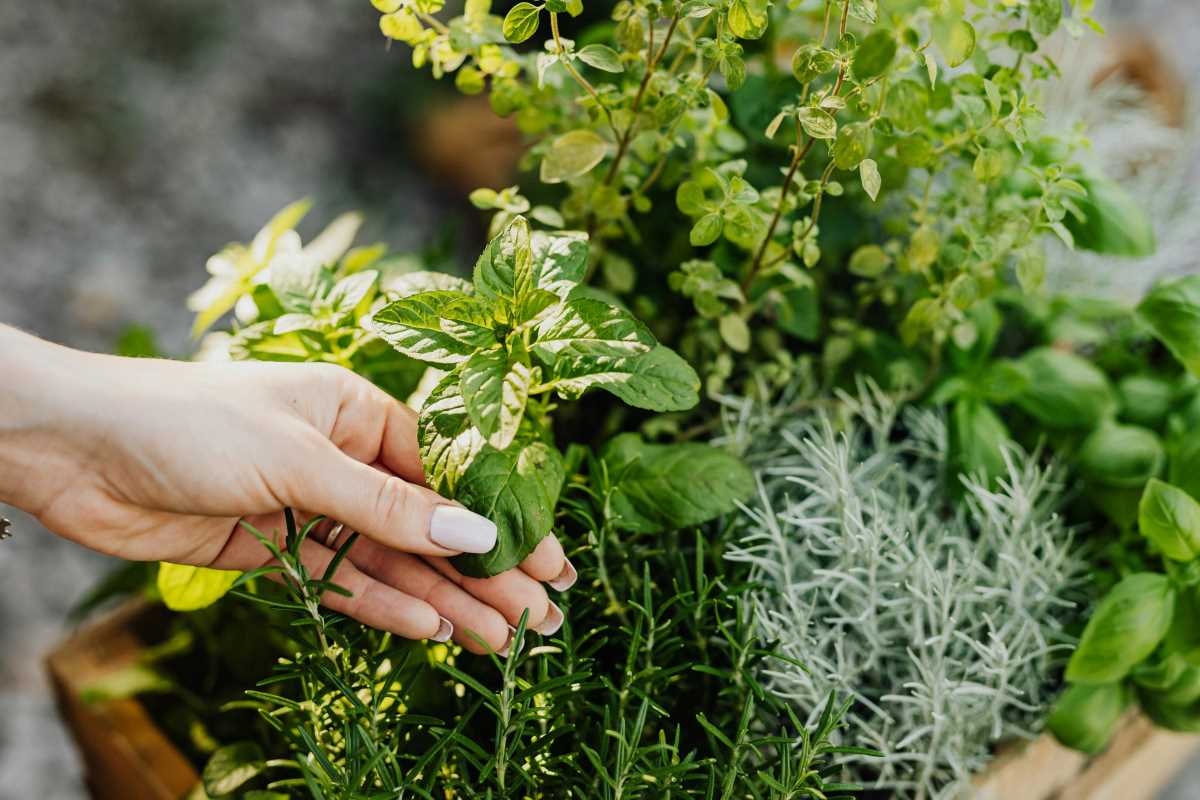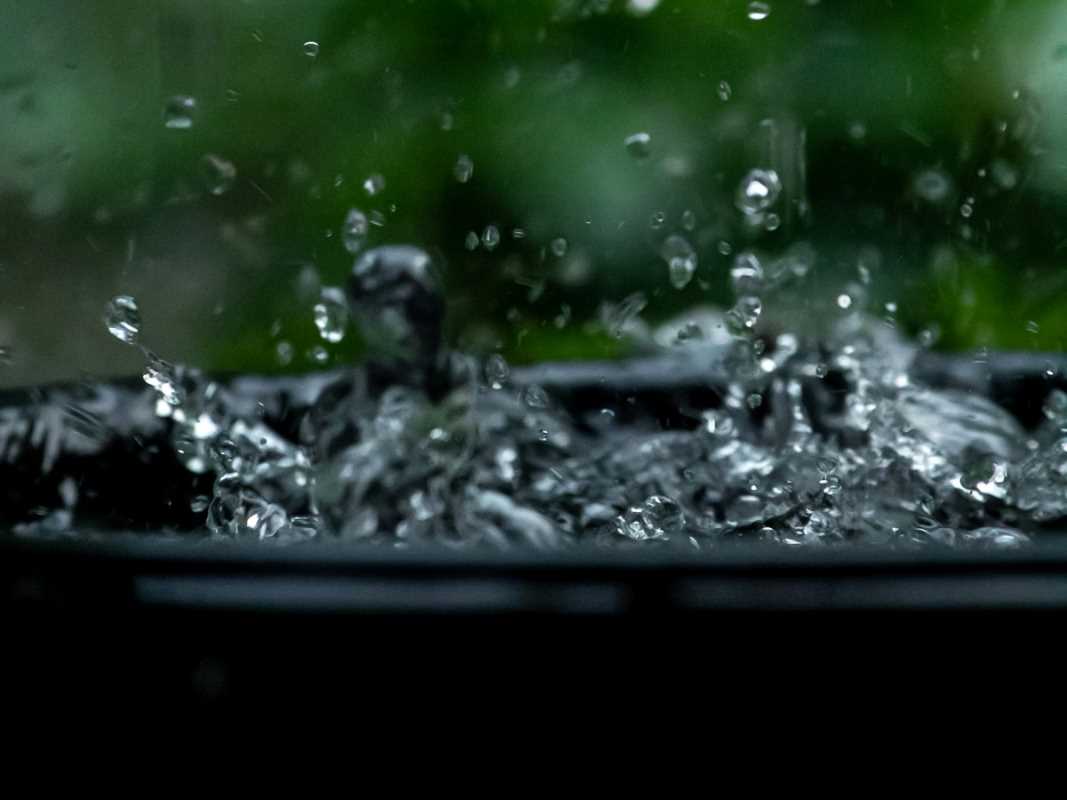There’s something magical about sipping a warm cup of tea you’ve grown yourself. From calming chamomile to refreshing mint, cultivating a tea garden allows you to enjoy fresh, homemade brews while reducing your reliance on store-bought products. Best of all, growing a tea garden is easier than you might think, making it a perfect project for both seasoned gardeners and beginners.
This blog will walk you through the steps to cultivate your own tea garden, explore the benefits of growing tea plants, and teach you how to harvest, dry, and store homegrown tea ingredients.
Why Start a Tea Garden?
A tea garden is more than just a charming addition to your backyard or balcony; it offers an array of practical and eco-friendly benefits.
Benefits of a Tea Garden
- Freshness and Flavor: Homegrown herbs and flowers deliver unmatched freshness, creating teas bursting with natural flavors.
- Sustainability: By cultivating your own tea ingredients, you cut down on packaging waste and transportation emissions associated with store-bought teas.
- Health and Wellness: You have full control over what goes in your tea. No additives, just pure, organic goodness.
- Cost-Effective: Once set up, a tea garden can yield an abundance of tea ingredients, saving you money in the long run.
- Connection to Nature: Growing your own tea plants is a therapeutic activity that keeps you in touch with the rhythms of nature.
Whether you have a small patio, a sprawling yard, or even just a sunny windowsill, there’s room to grow an enchanting tea garden.
Choosing Plants for Your Tea Garden
When selecting plants for your tea garden, consider your climate, the flavors you enjoy, and the tea’s intended purpose (e.g., soothing, energizing, or medicinal).
Popular Tea Plants and Their Benefits
1. Camellia sinensis (Tea Plant)
- Uses: The foundation for black, green, white, and oolong teas.
- Growing Needs: Thrives in partial shade with well-drained, acidic soil. Prefers climates with mild winters.
- Tips: Prune regularly to keep the plant compact and encourage leaf growth.
2. Chamomile
- Uses: A calming herb perfect for bedtime teas.
- Growing Needs: Full sun to partial shade with well-drained soil. Grows well in pots or garden beds.
- Tips: Choose German chamomile for annuals or Roman chamomile for perennials.
3. Mint
- Uses: Adds a refreshing zest to teas and aids in digestion.
- Growing Needs: Thrives in moist soil with partial sun. Grows aggressively, so consider planting in pots to contain its spread.
- Tips: Popular varieties include peppermint and spearmint.
4. Lemon Balm
- Uses: A citrusy herb known for its stress-relieving properties.
- Growing Needs: Prefers full sun to partial shade and moist, fertile soil.
- Tips: Regular harvesting promotes vibrant new growth.
5. Lavender
- Uses: Offers a floral appeal with a relaxing aroma.
- Growing Needs: Grows best in full sun with well-drained soil.
- Tips: English lavender is ideal for teas, as it’s milder than decorative varieties.
6. Calendula (Marigold)
- Uses: Known for its anti-inflammatory properties and golden color.
- Growing Needs: Thrives in sunny areas with average to fertile soil.
- Tips: Harvest flowers early in the day when they’re at their most flavorful.
7. Rosemary
- Uses: Provides a robust, herbal taste that complements other tea ingredients.
- Growing Needs: Requires well-drained soil and plenty of sunlight.
- Tips: Rosemary is drought-tolerant, making it a low-maintenance option.
8. Hibiscus
- Uses: Produces tangy, vitamin C-rich teas with a striking red color.
- Growing Needs: Prefers warm climates with full sun and well-drained soil.
- Tips: Sow hibiscus seeds in spring for summer blooms.
9. Lemongrass
- Uses: Adds a bright, zesty flavor to teas.
- Growing Needs: Grows well in warm climates with plenty of moisture and sunlight.
- Tips: Harvest the stalks by cutting them close to the base.
Start with a mix of fast-growing herbs and perennial favorites to ensure year-round tea-making possibilities.
How to Set Up Your Tea Garden
1. Choose the Right Location
- For outdoor gardens, pick a sunny spot with good drainage.
- For container gardens, ensure plants are in pots with proper drainage holes.
2. Prepare the Soil
- Most tea plants thrive in loose, well-drained soil enriched with organic compost.
- For acidic plants like Camellia sinensis and lavender, amend soil with peat moss or sulfur.
3. Plant Your Herbs and Flowers
- Space plants according to their growth habits. For example, allow at least 12 inches between mint plants to prevent overcrowding.
- Water thoroughly after planting.
4. Use Companion Planting
Some plants, like lavender and rosemary, can repel pests while benefiting from each other’s growth. Arrange your plants thoughtfully to maximize their health and productivity.
5. Maintain Your Garden
- Water consistently but avoid overwatering (most herbs prefer slightly dry conditions).
- Mulch around the base of plants to retain moisture and suppress weeds.
- Harvest leaves, stems, or flowers regularly to encourage new growth.
Harvesting, Drying, and Storing Tea Ingredients
To enjoy the fruits (and leaves) of your tea garden, it’s important to know the best harvesting and storing practices.
Harvesting Tips
- Timing Matters: Harvest herbs in the morning when their essential oils are most concentrated.
- Selective Picking: Avoid cutting too much at once. Take about 1/3 of the plant to allow for regrowth.
- Focus on Tender Parts: For tea, the younger leaves or flower petals are often the most flavorful.
Drying Your Ingredients
Drying helps preserve your tea ingredients for use throughout the year.
- Air Drying: Bundle herbs together and hang them upside down in a dry, ventilated area away from direct sunlight.
- Dehydrator: For faster results, use a food dehydrator set to a low temperature.
- Oven Drying: Spread herbs on a baking sheet and place in the oven at the lowest setting for 2–4 hours, checking frequently.
Storing Tea Ingredients
- Store dried teas in airtight containers, such as glass jars or tins.
- Keep containers in a cool, dark place to preserve flavor and potency.
- Label jars with the plant name and harvest date for reference.
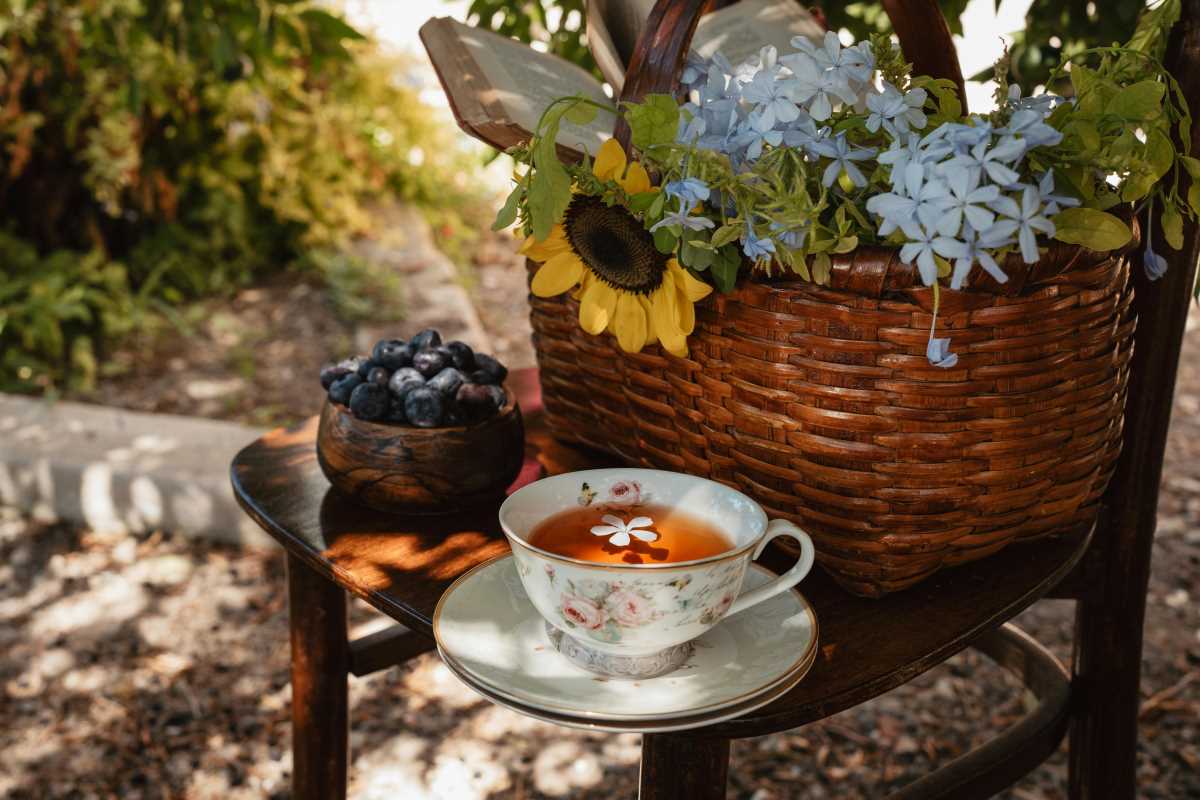 (Image via
(Image via